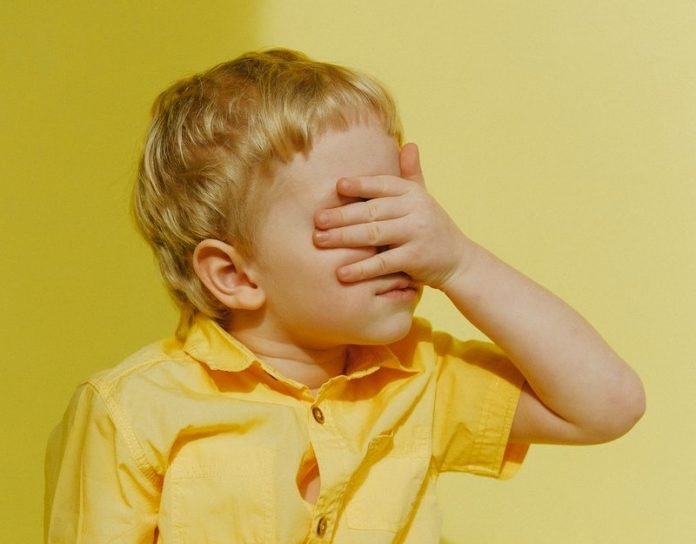
In a new study from the University of Otago, researchers found which specific child behaviors may raise the likelihood of anxiety disorders developing in adulthood.
They used data from 1,265 children born over a four-month period during 1977.
The team tracked 15 common anxious behaviors from ages seven to nine, comparing results as they were interviewed and evaluated over time. The group studied are now aged in their mid-forties.
They found that several observed childhood behaviors—including a tendency to cry easily and often, a tendency to do things alone as well as regularly appearing sad and miserable—all carried a heightened risk for adolescent and adult anxiety.
Conversely, other behaviors such as shyness with other children, being submissive or fearful of authority and afraid of people, in general, carry no heightened risk of the child developing anxiety when they grow up.
The findings showed that childhood anxious behaviors related to social isolation and sadness appear to carry the risk for developing an anxiety disorder in later life.
In contrast, behaviors related to situational fears and anxiety around adults do not appear to carry the same risk.
This research reinforces the importance of actively developing social skills and skills in managing emotions, especially in the first 1,000 days of a child’s life where parents play a key role.
If you care about anxiety, please read studies about this single brain region links depression, anxiety, and heart disease and findings of depression, but not anxiety, is linked to inflammation.
For more information about anxiety and your health, please see recent studies about a new treatment for depression, anxiety and results showing a major cause of social anxiety disorder.
The study is published in Psychological Medicine. One author of the study is Nathan J. Monk.
Copyright © 2021 Knowridge Science Report. All rights reserved.



